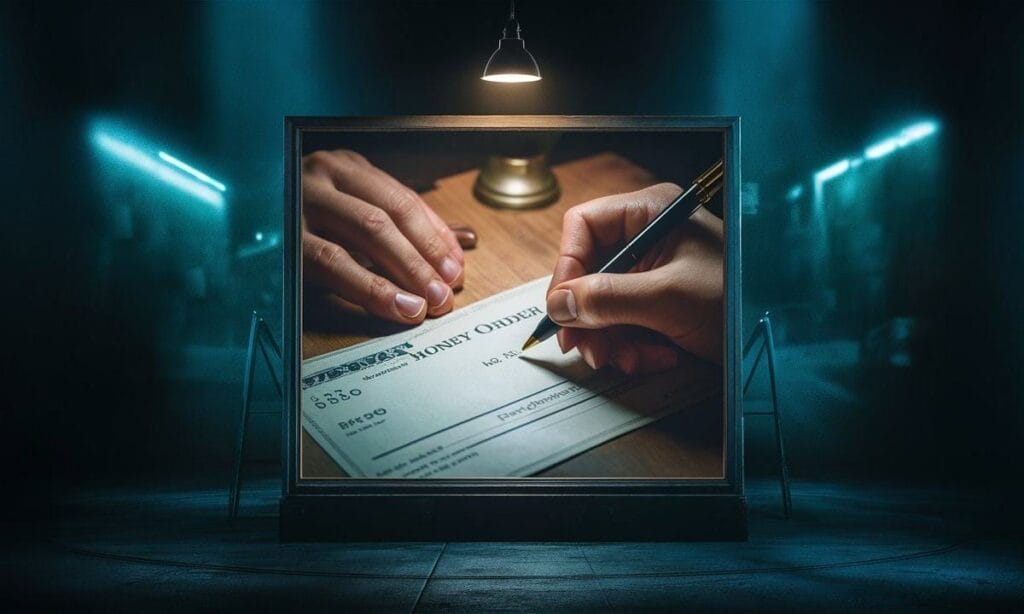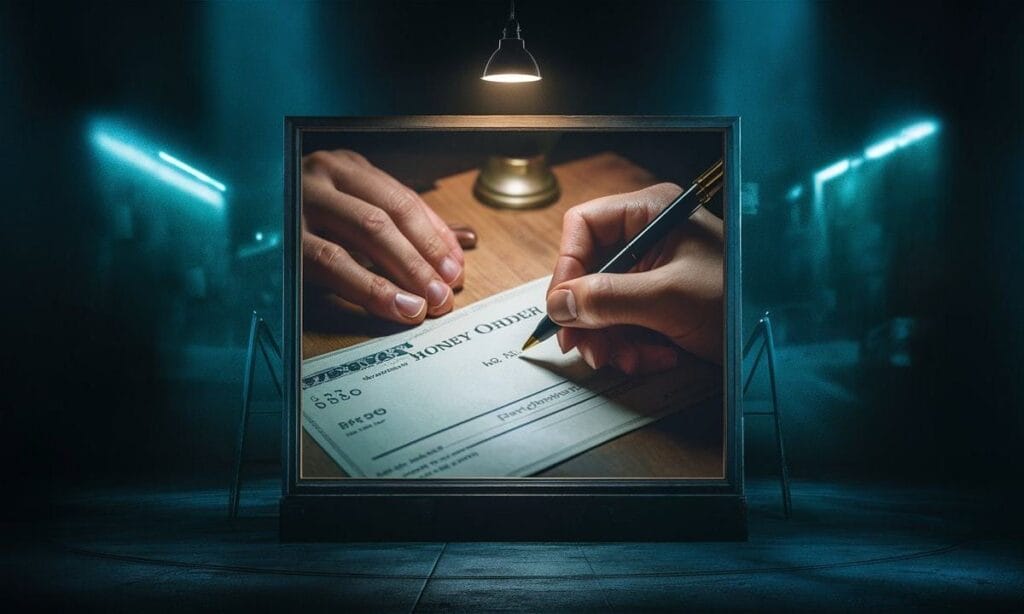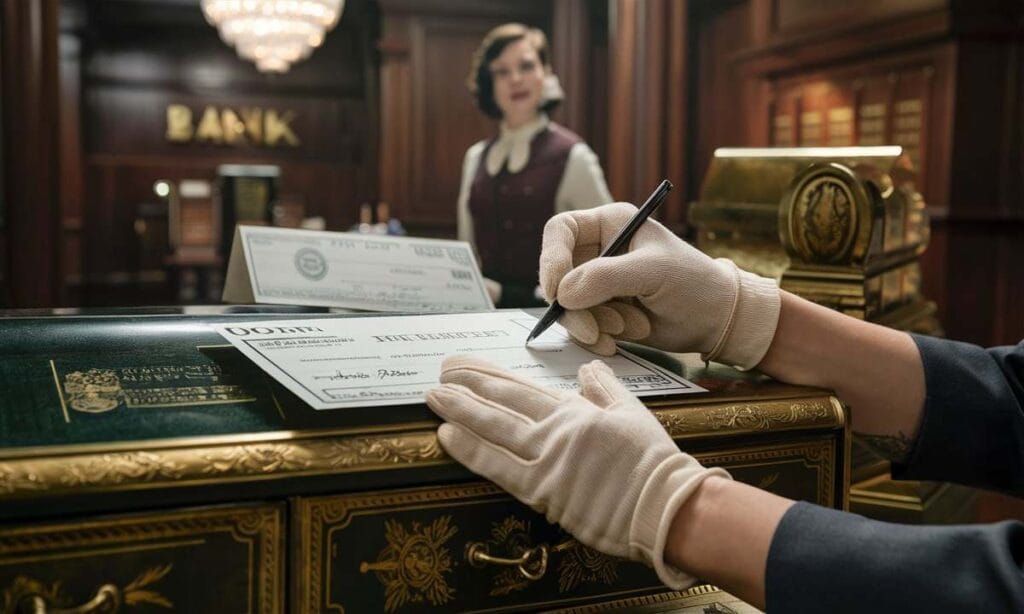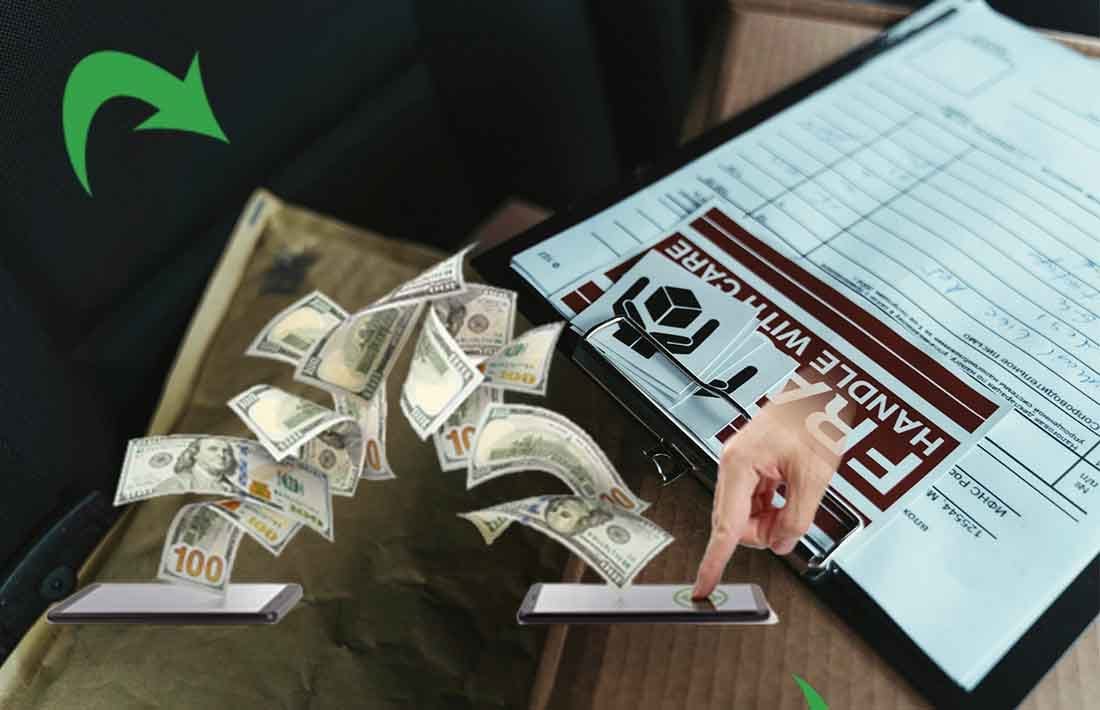Money orders offer a secure and convenient method for making payments when cash or personal checks are impractical. Understanding how to properly fill out a money order ensures your transactions are smooth and error-free.

What is a Money Order?
A money order is a prepaid payment method issued by financial institutions or postal services. It guarantees the recipient will receive the specified amount without the need for a bank account.
Importance and Uses of Money Orders
Money orders are crucial for transactions where electronic payments aren’t accepted or when heightened security is required. They are commonly used for rent payments, bill payments, and sending money to individuals or businesses.

Understanding the Basics of Money Orders
Definition and Purpose
A money order serves as a guaranteed form of payment, similar to a check but prepaid. It’s a secure alternative to cash, especially when mailing payments or dealing with unfamiliar recipients.
Types of Money Orders
There are domestic and international money orders. Domestic ones are used within a country, while international money orders facilitate payments across borders in foreign currencies.
Read More : Money Order Near Me? All Places for Country

Advantages of Using Money Orders
Security and Safety Benefits
Money orders are secure because they are prepaid, reducing the risk of theft or fraud compared to cash. They also do not draw funds directly from a bank account, protecting your financial information.
Convenience and Accessibility
Available at post offices, banks, and retail locations, money orders offer accessibility outside of traditional banking hours. They’re a reliable option when electronic payments aren’t feasible.

Step-by-Step Guide to Filling Out a Money Order
Step 1: Gathering Necessary Information
Collect the recipient’s name, payment amount, and their address before purchasing a money order to ensure accuracy in filling it out.
Step 2: Filling Out the Recipient Information
Write the recipient’s name clearly on the money order. Include additional information as required, such as the recipient’s address or account number.
Step 3: Adding Your Information
Fill out your name and contact information in the purchaser section of the money order. This information helps identify you as the sender.

Step 4: Including Payment Details
Specify the exact payment amount in both numerical and written formats to prevent any discrepancies or errors.
Step 5: Reviewing and Double-Checking
Before finalizing the money order, review all information for accuracy. Ensure the recipient’s name, payment amount, and your contact details are correct to avoid delays.
Tips and Tricks for Filling Out Money Orders Effectively
Tip 1: Ensuring Accuracy in Information
Double-check all details before purchasing and filling out a money order to prevent errors that could delay the payment.
Tip 2: Handling Fees and Charges
Be aware of any fees associated with purchasing a money order. Ask about costs upfront to avoid surprises.
Tip 3: Security Measures to Protect Your Money Order
Treat a money order like cash. Keep it in a secure place until it’s ready to be delivered. If lost or stolen, you may be able to cancel or replace it, depending on the issuer’s policies.
Read More : Money Order: 30 Questions With Answers

Common Mistakes to Avoid When Filling Out Money Orders
Mistake 1: Incomplete Information
Missing or incomplete information on a money order can lead to processing delays. Fill out all required fields accurately.
Mistake 2: Incorrect Payment Amounts
Ensure the payment amount on the money order matches the intended payment. Mistakes in the amount can cause confusion or payment rejection.
Mistake 3: Not Keeping Track of Receipts
Keep the receipt issued with the money order as proof of purchase. It may be needed if the money order is lost, stolen, or needs to be traced.
Read More : Can We Do Money Orders Online?

Safety Measures and Fraud Prevention Tips
Understanding Money Order Fraud
Be cautious when accepting money orders from unfamiliar sources. Verify their authenticity with the issuing institution to avoid counterfeit or altered money orders.
How to Identify Legitimate Money Orders
Legitimate money orders have security features like watermarks, security threads, and unique serial numbers. Verify these features to ensure the money order is genuine before accepting it.

Bottom Line
Mastering how to fill out a money order like a pro involves understanding its purpose, following a step-by-step process, and implementing security measures. By adhering to these guidelines and tips, you can confidently use money orders for various financial transactions. Always prioritize accuracy and security to ensure a smooth transaction process.
Frequently Asked Questions (FAQs)
What should I do if I make a mistake on a money order?
If you make an error, some issuers allow you to void the money order and issue a new one. Contact the issuer for guidance.
Can I use a money order internationally?
Yes, international money orders are available for sending payments abroad in foreign currencies.
Are money orders safer than personal checks?
Money orders are often considered safer because they are prepaid and do not draw funds directly from a bank account.
How long are money orders valid for?
Money orders typically do not expire, but check with the issuer as policies may vary.
What should I do if my money order is lost or stolen?
Contact the issuer immediately. You may be able to cancel the money order or get a replacement, depending on their policies.
How do you correct a money order?
To correct a money order, you typically need to contact the issuer for instructions. If the error is minor (like a misspelling), they may be able to correct it directly. For major errors, such as an incorrect amount, you might need to request a refund and purchase a new money order.
Can I write in the amount on a money order?
Yes, you can write the amount on a money order. This amount should be written in both numeric and written form to ensure clarity and prevent fraud.
How do you arrange money in order?
When arranging money in order, you should sort it by denomination, from the highest to the lowest. Arrange bills in neat stacks and ensure all are facing the same direction for easy counting and handling.
Do you keep the bottom part of a money order?
Yes, you should keep the bottom part of the money order, which is often referred to as the receipt or stub. It serves as proof of purchase and contains important tracking information.
How do I fill out a check?
To fill out a check:
- Write the date on the line at the top right.
- Write the name of the payee on the line labeled “Pay to the order of.”
- Write the amount in numbers in the small box and in words on the line below.
- Sign the check on the bottom right line.
- Optionally, you can write a note or purpose for the payment on the “Memo” line.
Can you cash your own money order?
Yes, you can cash your own money order at the issuer’s office, a bank, or a check-cashing service, provided you have the proper identification.
Who fills out the front of a money order?
The purchaser of the money order fills out the front. This includes writing the payee’s name, the amount, and possibly their own information depending on the issuer’s requirements.
What if I accidentally signed the back of a money order?
If you accidentally signed the back of a money order, it may not be valid for payment or deposit. Contact the issuer to see if they can provide guidance or issue a replacement.
Read More : What Is A Money Order And How Does It Work?
How to deposit a money order?
To deposit a money order:
- Endorse the back by signing your name.
- Fill out a deposit slip if required by your bank.
- Deposit it through an ATM, at a bank branch, or via a mobile deposit app if your bank supports it.
What is the correct way to fill out a money order?
The correct way to fill out a money order includes:
- Writing the payee’s name in the designated field.
- Writing the amount in both numeric and written form.
- Signing the front if required by the issuer.
- Filling out the remitter’s (your) information if needed.
Can you get a money order with a debit card?
Yes, you can purchase a money order with a debit card at many locations, such as banks, post offices, and some retail stores.
Can I open a bank account with a money order?
Yes, you can use a money order to open a bank account if the bank accepts it as an initial deposit or funding method. Check with the bank for their specific requirements.
Is the payee the owner?
The payee is the person or entity who is designated to receive the money. They are not the owner of the money order itself but are entitled to the funds specified.
How to fix a mistake on a money order?
To fix a mistake on a money order, contact the issuer for instructions. They may require you to return the original money order and may issue a new one or provide a refund.
Is money order a transfer?
A money order is a payment instrument used to transfer funds from one person to another. It serves as a secure method for transferring money, especially when dealing with parties you do not know personally.
Sources
U.S. Postal Service (USPS):
- Money Orders FAQ: USPS provides detailed guidance on how to correct errors, fill out money orders, and handle other related questions. This is an authoritative source for money orders issued by the postal service.
- USPS Money Orders
Bank of America:
- Money Orders: This page offers instructions on purchasing, filling out, and correcting money orders, including steps to take if you make a mistake.
- Bank of America Money Orders
Wells Fargo:
- Money Order Services: Wells Fargo provides information on how to properly handle money orders, including how to fix mistakes and use them for various transactions.
- Wells Fargo Money Orders








